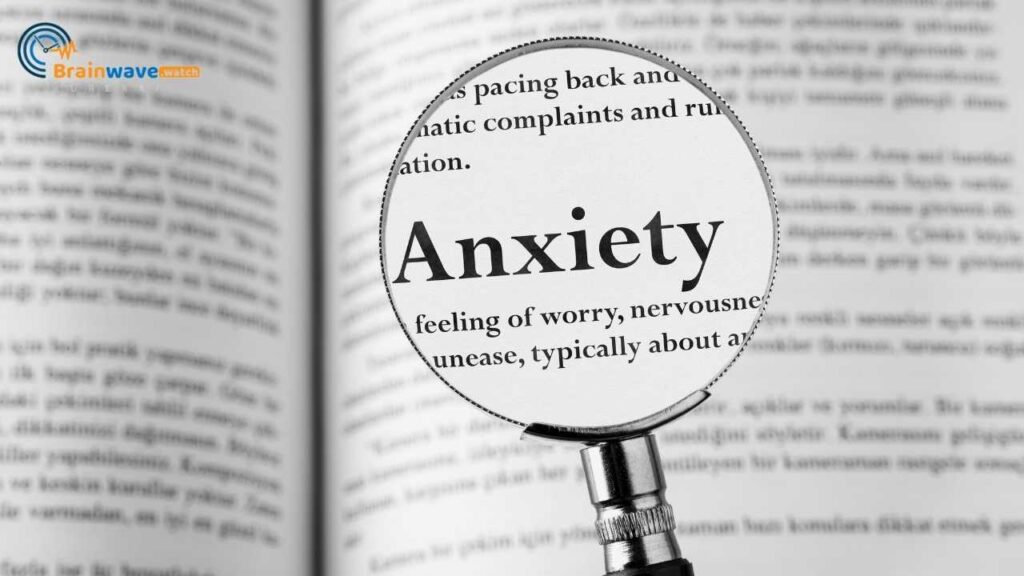Humming while eating is a common habit that many people have. However, some parents may become concerned if their child frequently hums while eating. They may wonder if this is a sign of autism. Autism is a neurodevelopmental disorder that affects social interaction, communication, and behavior.
While humming while eating is not a diagnostic criterion for autism, it can be a potential indicator. Some individuals with autism may engage in repetitive behaviors, such as humming, that help them regulate sensory input.
Individuals with autism may struggle with social communication and may not understand social norms around eating, such as not humming or making loud noises. However, it is important to note that humming while eating alone is not enough to diagnose autism and should be considered alongside other symptoms and behaviors.
Humming as a Sign of Autism
Humming while eating is a behavior that has been observed in some individuals with autism. While not all individuals with autism exhibit this behavior, it has been noted as a common trait in some cases.
Scientific Research
Research has shown that humming while eating may be a sign of sensory processing difficulties. Individuals with autism may have difficulty processing sensory information, including the sensory input involved in eating. Humming may be a way for these individuals to regulate their sensory input and make the experience of eating more tolerable.
One study found that individuals with autism who exhibited humming behaviors while eating had higher levels of sensory processing difficulties than those who did not exhibit this behavior. The study suggests that humming may be a coping mechanism for these individuals to manage the sensory overload that can come with eating.
Common Observations
Humming while eating is often observed in children with autism, but it can also be seen in adults with the condition. The humming may be a way for the individual to self-soothe and regulate their emotions while eating.
Parents and caregivers of individuals with autism may notice this behavior and should be aware that it could be a sign of sensory processing difficulties. It is important to work with a healthcare professional to develop strategies to help manage these difficulties and make eating a more comfortable experience for the individual.
In conclusion, while not all individuals with autism exhibit humming while eating, it is a common behavior that may be linked to sensory processing difficulties. Further research is needed to fully understand the relationship between humming and autism, but parents and caregivers need to be aware of this behavior and seek professional guidance if necessary.
Other Signs of Autism
While humming when eating may be a sign of autism, many other signs can indicate the presence of this condition. Some of the most common signs of autism include:
- Difficulty with social interaction: People with autism may have difficulty with social cues and may struggle to engage in conversation or make eye contact.
- Repetitive behaviors: Many people with autism engage in repetitive behaviors, such as flapping their hands or rocking back and forth.
- Sensory issues: People with autism may be hypersensitive to certain stimuli, such as loud noises or bright lights.
- Delayed speech and language skills: Some children with autism may not speak until they are older than usual, and others may struggle with language skills throughout their lives.
- Difficulty with transitions: People with autism may have difficulty transitioning from one activity to another and may become upset when routines are disrupted.
It is important to note that not all people with autism will exhibit all of these signs, and some may exhibit additional signs that are not listed here. Additionally, some of these signs may be present in individuals who do not have autism, so it is important to consult with a healthcare professional for a proper diagnosis.
Diagnosing Autism
Autism is a complex neurological disorder that affects an individual’s social interaction, communication, and behavior. Diagnosing autism can be challenging, as there is no single test or procedure that can confirm the diagnosis. Instead, a combination of medical assessment and behavioral analysis is required.
Medical Assessment
Medical assessment is an essential part of diagnosing autism. A pediatrician or a child psychiatrist usually conducts the assessment. The medical assessment includes a physical examination, a review of the child’s medical history, and various tests to rule out other medical conditions that may have similar symptoms to autism.
During the medical assessment, the physician may conduct various tests, such as hearing and vision tests, to rule out any sensory impairments that may affect the child’s social interaction and communication skills. The physician may also conduct genetic testing to identify any genetic abnormalities that may be associated with autism.
Behavioral Analysis
Behavioral analysis is another essential part of diagnosing autism. A behavioral analyst or a clinical psychologist usually conducts the analysis. The behavioral analysis includes observing the child’s behavior and social interaction skills in various settings, such as at home, school, and in social situations.
The behavioral analyst may use various tools, such as questionnaires, checklists, and standardized tests, to assess the child’s behavior and social interaction skills. The behavioral analyst may also conduct interviews with the child’s parents, teachers, and other caregivers to gather information about the child’s behavior and social interaction skills.
In conclusion, diagnosing autism requires a combination of medical assessment and behavioral analysis. It is essential to seek professional help if you suspect that your child may have autism. Early diagnosis and intervention can help improve the child’s quality of life and long-term outcomes.
Treatment and Management of Autism
There is no known cure for autism, but there are various treatments and management strategies that can help individuals with autism lead fulfilling lives. Treatment plans are typically tailored to the individual’s specific needs and may include a combination of the following:
Behavioral and Communication Therapies
Behavioral and communication therapies can help individuals with autism improve their social, communication, and behavioral skills. Some common therapies include:
- Applied Behavior Analysis (ABA): ABA is a therapy that focuses on teaching new skills and behaviors while reducing unwanted behaviors through positive reinforcement.
- Speech Therapy: Speech therapy can help individuals with autism improve their communication skills, including verbal and nonverbal communication.
- Occupational Therapy: Occupational therapy can help individuals with autism develop and improve their fine motor skills, sensory processing, and daily living skills.
Medications
Medications can be used to treat some of the symptoms associated with autism, such as anxiety, depression, and hyperactivity. However, medications should only be used under the guidance of a healthcare professional.
Alternative Therapies
Many alternative therapies are sometimes used to treat autism, but their effectiveness is not well-established. Some of these therapies include:
- Dietary Supplements: Some individuals with autism may benefit from dietary supplements such as omega-3 fatty acids or probiotics, but more research is needed to determine their effectiveness.
- Music Therapy: Music therapy involves using music to improve communication, social skills, and emotional expression.
- Animal-Assisted Therapy: Animal-assisted therapy involves using animals to improve social skills, communication, and mood.
It’s important to note that not all treatments and therapies will work for every individual with autism. Individuals with autism and their families need to work closely with healthcare professionals to develop a personalized treatment plan.
Conclusion
In conclusion, humming while eating is not a definitive sign of autism. While some individuals with autism may hum while eating, it is not a universal characteristic of the disorder.
There are many reasons why someone may hum while eating, including sensory processing issues, anxiety, or simply enjoying the taste of their food. It is important not to jump to conclusions or make assumptions about someone’s neurodiversity based on one behavior.
If someone is concerned about their child’s development or behavior, they should consult with a healthcare professional for an evaluation. A diagnosis of autism is made based on a comprehensive evaluation of an individual’s behavior, communication, and social skills, not just one isolated behavior.







